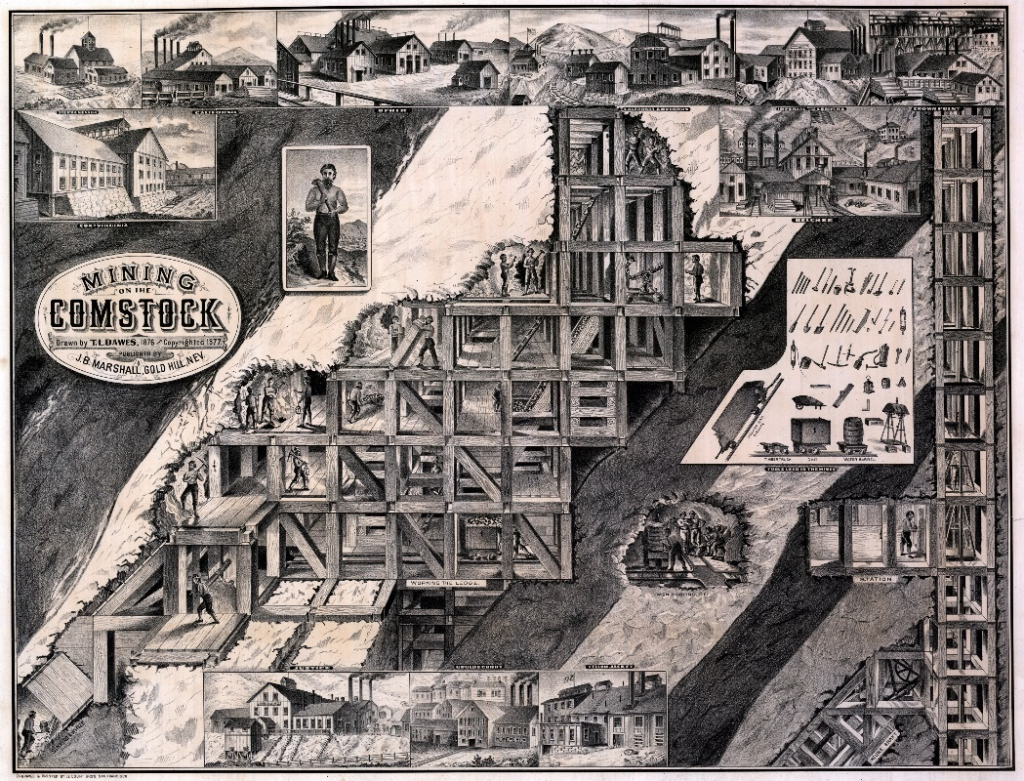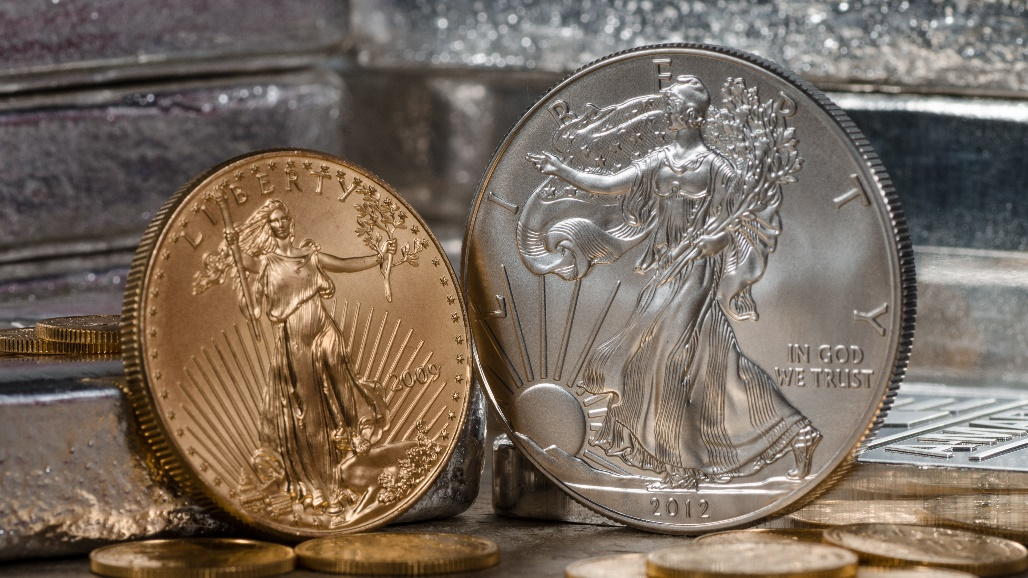Many investors want to benefit from the protection that precious metals offer. But making the decision about which precious metal to invest in can be a daunting one. Some investors may prefer to invest in gold, which has seen centuries of use as a hedge against inflation and financial crisis. Others may prefer to invest in silver, which has a greater potential for upside growth.
Still other investors may want to invest in both gold and silver but are unsure of how much of their portfolio they should allocate to each metal. That’s where the gold silver ratio can play a role in helping investors determine whether to invest in gold, silver, or both metals.
Gold to Silver Ratio: An Overview
The gold silver ratio is just a numerical expression of the number of ounces of silver that have the same value as one ounce of gold. Many precious metals investors will keep track not just of the gold price or the silver price, but also of the ratio between those two prices.
For instance, if the gold price is $1,500 per ounce and the silver price is $15 per ounce, the gold silver ratio is 100 to 1. But if the silver price rises to $20 per ounce while gold remains unchanged, the gold silver ratio is now 75 to 1.
The gold silver ratio fluctuates over time and doesn’t always move in a narrow band. At times, an ounce of gold is worth more ounces of silver, other times it’s worth less. But whenever either or gold or silver is considered undervalued versus the other metal, investors see that as an indicator that they can add to their investment position of one metal versus the other.
A Brief History of the Gold to Silver Ratio
The gold silver ratio has varied over time and across geographic areas. But for much of its history, as gold and silver were used as monetary metals, the two were traded in legally fixed ratios. By the late 18th century, the gold silver ratio in most areas of the world was somewhere between 15 to 1 and 16 to 1, with 15.5 to 1 being a useful compromise.
As more and more silver was mined, particularly in the aftermath of the discovery of the Comstock Lode, the gold to silver ratio began to climb as silver supply increased while demand decreased. As more countries moved away from bimetallism and onto the gold standard, silver coinage began to be demonetized, and its market value further decreased.

In recent decades, the gold to silver ratio has varied anywhere from around 30 to 1 to over 90 to 1. Currently, the gold silver ratio is around 87 to 1.
How to Use the Gold to Silver Ratio in Investments
Many investors will target a certain ratio based on what they believe the true value of gold or silver to be. So, if they believe that the long-term sustainable market gold silver ratio is 70 to 1, then a current ratio of 87 to 1 means that silver is undervalued, and gold is overvalued. Those investors would seek to invest in more silver or convert their gold investments into silver.
Conversely, if the silver price were to spike such that the gold silver ratio were to fall to 55 to 1, investors targeting a 70 to 1 ratio would see that silver is now overvalued (or gold is undervalued), and might seek to invest in gold, or move their silver investments into gold.
Investors can use the gold silver ratio to inform their investments based on their time horizons. Investors who have a shorter time horizon, say 10 years, can look at the gold silver ratio, see which metal is undervalued versus the other, and make a corresponding decision to invest in one or the other. Investors with a longer time horizon can afford to be a little more relaxed, as they can adjust their holdings of gold and silver based on which way the gold silver ratio moves.
The Pros
One of the benefits of using the gold silver ratio to decide whether to invest in gold or silver is that it’s a pretty simple ratio to use. If the gold silver ratio is relatively stable for a long period of time, and you’re looking to invest in precious metals, then using the ratio to determine which assets you invest in can make your choice easier.
With investors being able to invest in both gold and silver through a precious metals IRA, they don’t have to worry about setting up multiple investment vehicles. Investors can roll over existing retirement assets from 401(k), 403(b), TSP, and similar retirement accounts into a gold IRA or silver IRA relatively easily. That allows them to enjoy the same tax advantages of conventional IRAs while benefiting from the protection of precious metals.
The Cons
The major drawback to using the gold silver ratio is that it’s too easy not to pay attention to long-term changes in the ratio. Supply and demand factors could push the ratio one way or another for a period of years, and if investors don’t pay attention then they could end up holding too much gold versus silver, or vice versa.
Using the gold silver ratio, it’s too easy to get caught up in technical analysis, meaning analysis of price charts and price movements, focusing on patterns in price movements rather than why prices are moving the way they are. That can lead investors into a too deterministic view of gold and silver prices, causing them to make mistakes in their investing.
The gold silver ratio is also most important for larger investors and institutional investors, those who can easily switch their positions back and forth from gold to silver, rather than most individual investors. Individual investors who get too wrapped up in trying to target a certain ratio before investing in gold or silver may end up sitting on the sidelines too long and missing out on good investment gains.
Learn More About Investing in Gold
How much money investors want to invest in gold and silver and how much of each metal they want to buy is dependent on what each investor’s financial goals may be. And that means that investors need to research how to invest in gold, where to buy gold, and the best methods to take advantage of investing in gold.
The experts at Goldco have years of experience helping investors just like you harness the power of gold and silver to protect their retirement savings. With their knowledge of precious metals, factors that affect gold prices, and the IRA rollover process, they can help you get your start investing in gold and silver. Don’t wait any longer, contact Goldco today to learn more about investing in gold.
This article was originally posted on Goldco.



